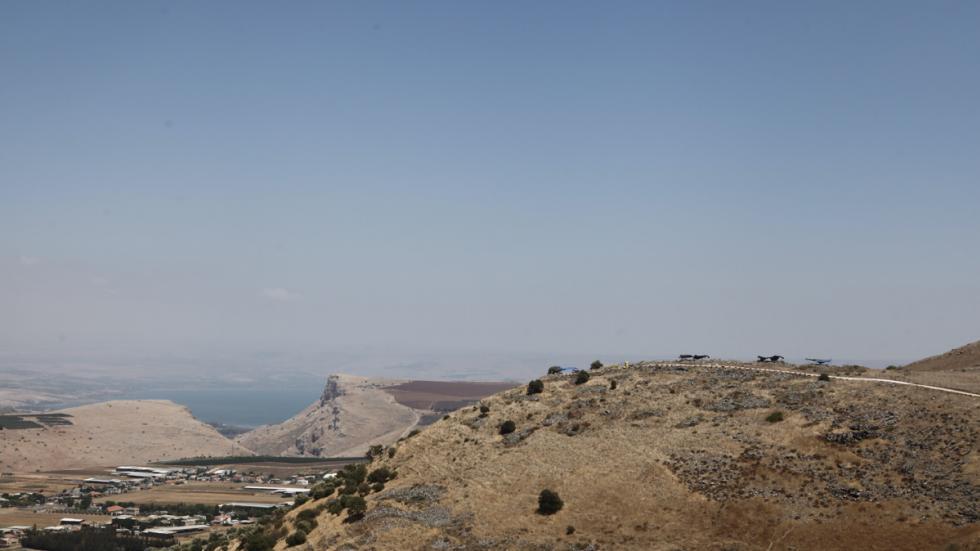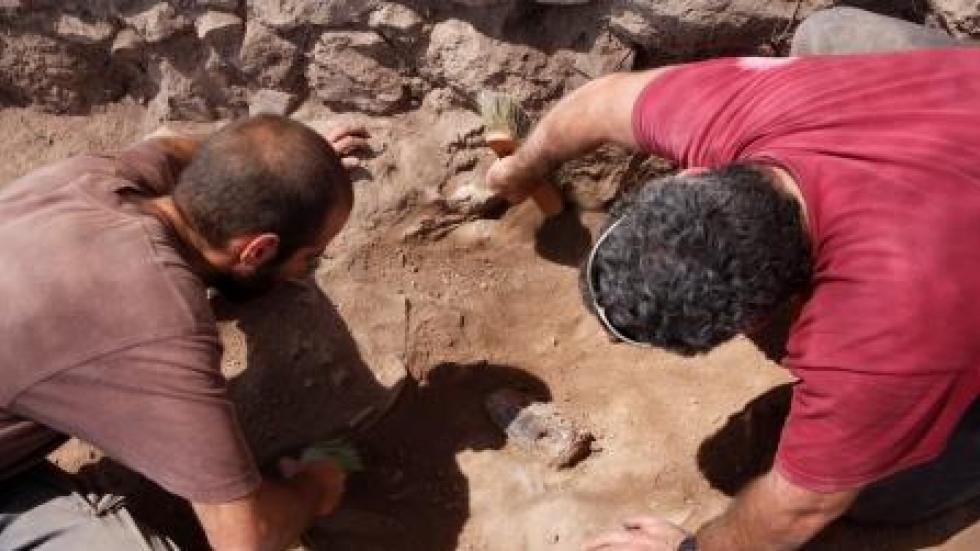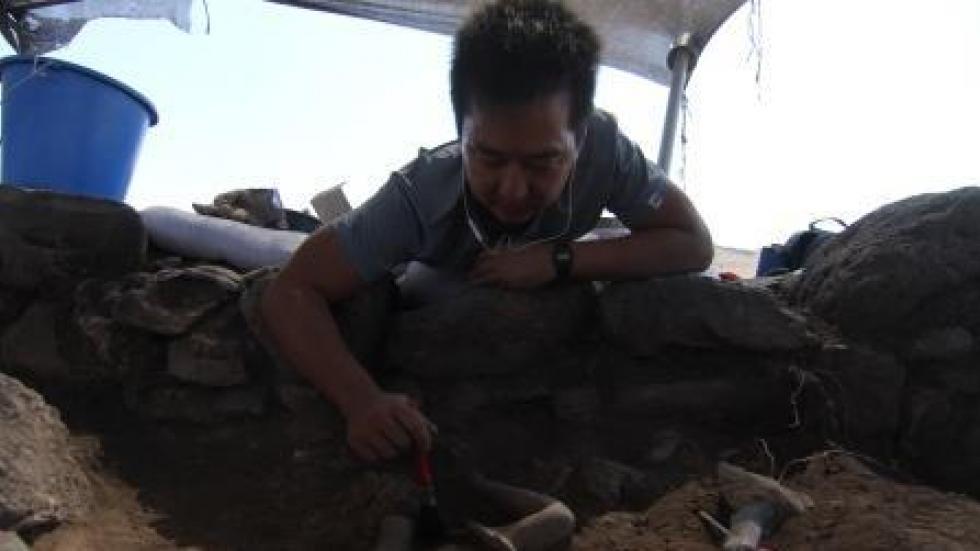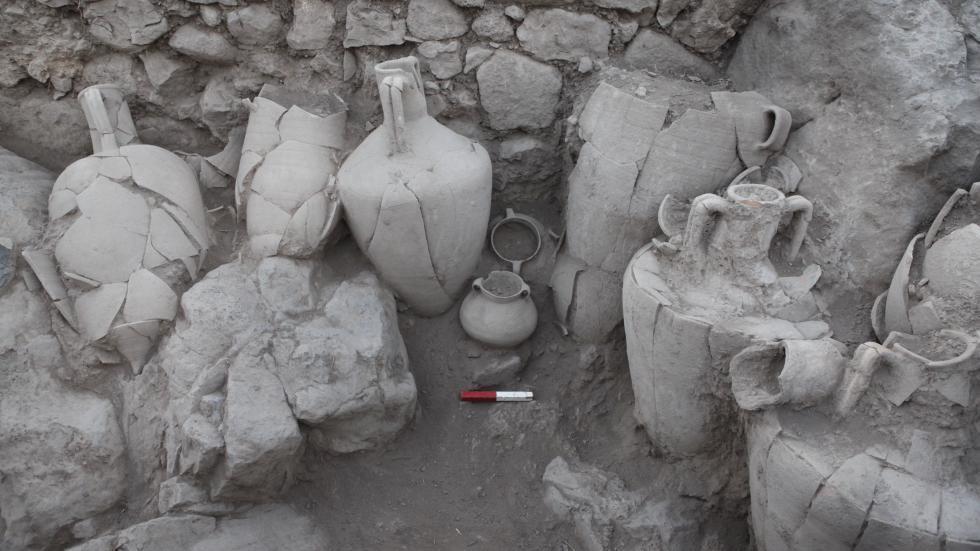Khirbet El - Eika Excavations




Khirbet el-'Eika is situated on a high isolated mountain overlooking the Arbel Valley and the ancient route that led from the Sea of Galilee (4.3 miles) to central Galilee and from there to the Mediterranean coast (25 miles). A large spring is located at the base of the hill and large stretches of agricultural lands lie beneath the site. The location of the site and its topographic and fortified nature may indicate the site had some administrative role of controlling the surrounding agricultural production.
The selection of Khirbet el-'Eika for excavating was due to the unique advantages it presented in coping with the methodological problems we are facing. A detailed survey and the first excavation season pointed to its unique potential for research as a rich and fortified site settled only during the Hellenistic period.
The excavation uncovered domestic structures, storage rooms and a small part of a fortification surrounding the site. A dramatic destruction (ca. mid-second century BCE) apparently brought about the end of its settlement, and the rich assemblages of artifacts found in the destruction layer provide an unparalleled window into the material culture of Hellenistic Galilee. The architectural remains are well-preserved and provide a unique opportunity for studying a settlement of this period. The excavations at Khirbet el-'Eika can therefore present a case study for characterizing the material culture of Hellenistic Galilee and for understanding settlement patterns and dynamics of this period.
Further excavations are currently planned for the summer of 2017 and will deal with all aspects of the site and its surroundings: private and public architecture, the fortification, agricultural installations, water sources, etc. Special research emphasis will be on commercial connections; detecting the ethnic and religious identity of the inhabitants; and understanding the historical context of the sites’ destruction.


